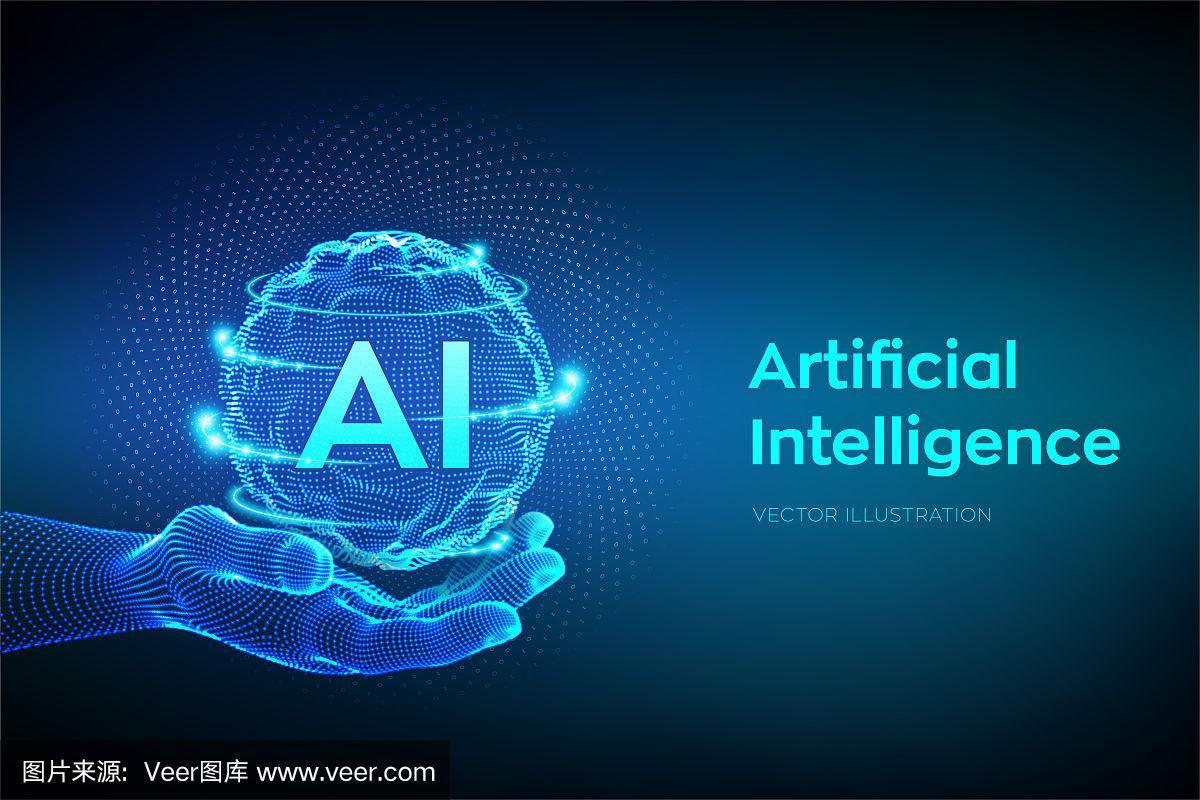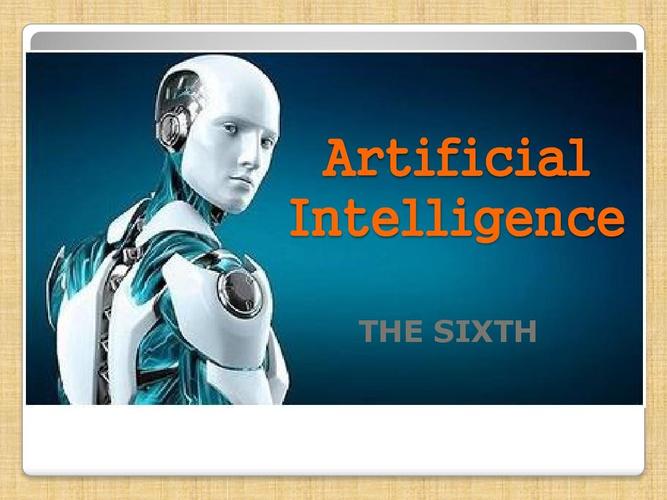Understanding Artificial Intelligence: A Personal Journey
Artificial intelligence (AI) has become an integral part of our daily lives, from the smartphones we carry to the cars we drive. But what exactly is AI, and how does it work? In this article, we will delve into the world of AI, exploring its history, applications, and future potential.
What is Artificial Intelligence?
Artificial intelligence refers to the simulation of human intelligence in machines that are programmed to think like humans and mimic their actions. The goal of AI is to create systems that can perform tasks that typically require human intelligence, such as visual perception, speech recognition, decision-making, and language translation.

History of Artificial Intelligence
The concept of AI dates back to ancient times, but it wasn’t until the 20th century that the field began to take shape. In 1956, the Dartmouth Conference marked the birth of AI as a field of study. Since then, AI has evolved through several waves of research and development, with each wave bringing new advancements and challenges.
| Wave | Year | Key Developments |
|---|---|---|
| First Wave | 1956-1974 | Focus on symbolic reasoning and rule-based systems |
| Second Wave | 1980-1987 | Introduction of expert systems and knowledge representation |
| Third Wave | 1990s | Focus on machine learning and neural networks |
| Fourth Wave | 2010s-Present | Advancements in deep learning and AI applications |
Applications of Artificial Intelligence
AI has found its way into various industries, revolutionizing the way we live and work. Here are some of the most notable applications of AI:
-
Healthcare: AI is used to diagnose diseases, personalize treatment plans, and improve patient care. For example, AI algorithms can analyze medical images to detect abnormalities that may indicate cancer or other conditions.
-
Finance: AI is employed in fraud detection, risk assessment, and algorithmic trading. By analyzing vast amounts of data, AI systems can identify patterns and anomalies that may indicate fraudulent activity or market trends.

-
Transportation: AI is being used to develop autonomous vehicles, optimize traffic flow, and improve safety. Self-driving cars, for instance, rely on AI to interpret sensor data and make decisions on the road.
-
Manufacturing: AI is used to optimize production processes, predict maintenance needs, and improve quality control. By analyzing data from sensors and machines, AI systems can identify inefficiencies and suggest improvements.
-
Education: AI is being used to personalize learning experiences, provide real-time feedback, and assist teachers in identifying students who may be struggling. AI-powered tutoring systems can adapt to individual learning styles and pace.
The Future of Artificial Intelligence
The future of AI is bright, with endless possibilities for innovation and improvement. Some of the key trends that are shaping the future of AI include:
-
Explainable AI (XAI): As AI systems become more complex, there is a growing demand for transparency and accountability. XAI aims to make AI decisions understandable to humans, ensuring that AI systems are fair and unbiased.
-
Ethical AI: With the increasing power of AI, it is crucial to address ethical concerns and ensure that AI is used responsibly. This includes addressing issues such as bias, privacy, and the potential impact on employment.
-
AI in Space: AI is being used to explore the cosmos, from analyzing data from space probes to planning and executing missions. AI-powered systems can help us understand the universe and its mysteries.
-
AI in Agriculture: AI is being used to optimize crop yields, reduce waste, and improve sustainability. By analyzing data from satellites, drones, and sensors, AI systems can help farmers make informed decisions.
In conclusion, artificial intelligence



